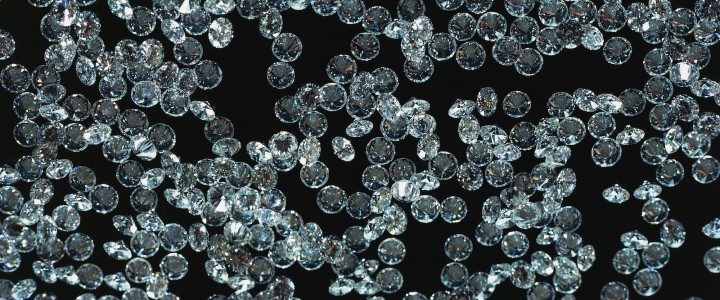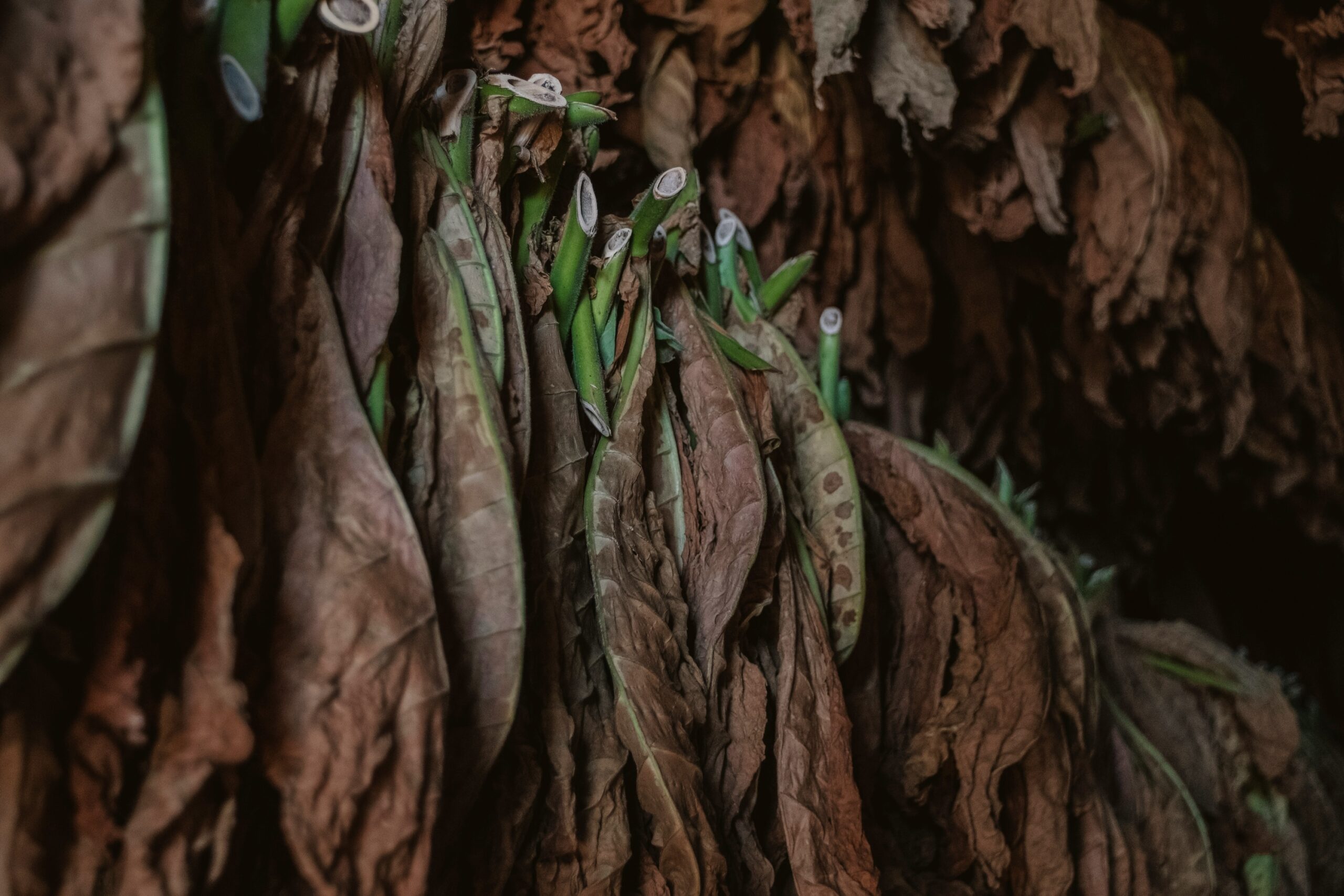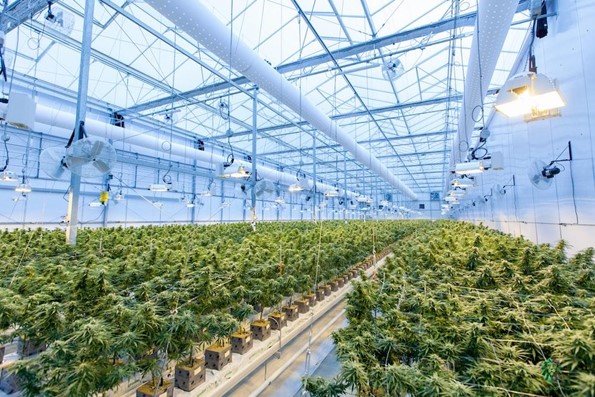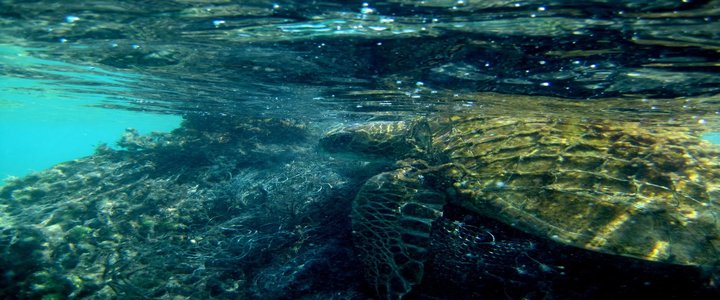Under Pressure: The problem with natural diamonds, and why lab-grown has to be the future
By Madeléne Holmstroem, diamonds expert at Sacet
When a material is labelled as ‘natural’, it’s hard to consider that it could be problematic. Particularly when it’s under the veil of glitz and glamour, like the earth-mined diamond that can be found on the fingers, necks and wrists of people everywhere.
However, the story of a diamond isn’t quite as beautiful as the end result. They are made under immense pressure, containing carbon, nitrogen and sometimes boron, and need to be extracted from the earth, absorbing a massive amount of energy for even a single carat.
Below, this article explores the benefits of investing in lab-grown diamonds rather than their ‘natural’ alternative.

The natural diamond dilemma
When something is so beautiful, people seldom question its origins. However, when delving a little deeper into the story behind a mined diamond, some worrying realities are unearthed.
Firstly, mined diamonds require an astonishing amount of energy to even produce a singular carat. Approximately 250 tonnes of earth must be extracted for this, too. Due to the sheer volume of extraction, the damage done is often irreversible – leaving gaping holes in the Earth that can even be seen from space.
The whole process of diamond mining can disrupt animal habitats and pose a huge threat to biodiversity and forests. It can even result in erosion and create sinking holes in the planet.
Additionally to the natural damage caused, the actual trading of mined diamonds can be completely unethical if the right source is not used. ‘Blood diamonds’ are stones not controlled and sold by regulated forces, but rather by ‘rebels’ often illegally. Ethical global sourcing is still a challenge as the United Nations Kimberley certification scheme has failed to put a halt to blood diamonds, so far. The profit is known to have financed arms or other weapons to fund their cause, often involving war or terrorism.
The difference between natural and laboratory diamonds
Lab-grown diamonds, however, are easier to monitor and regulate due to the nature of their creation being so controlled.
One is manually extracted from the earth, a process accessible to anyone with the means to do it, whereas the other is constructed by experts in a purpose-built laboratory.
Not to mention, there are significant environmental disparities between the two products. For example, the water consumption of mining natural diamonds is huge – around 126 gallons of water is needed for every 1-carat earth-mined diamond. This is opposed to the 18.5 litres used to create a 1-carat lab-grown gem.
Physically, there are very few differences between lab-grown and mined diamonds. Lab-grown replicate the natural product, the only distinction between them may be natural defects in a mined diamond, such as boron’s accidental addition, which gives some diamonds a blue hue. Even in this case, only specialists and their equipment will be able to detect these discrepancies.
There is more of a capacity for sustainability to prevail in lab-grown diamonds, too. Although there is potential for further regulations and protections of mining diamonds, the product will always be finite, rare, and energy-consuming. Lab-grown diamonds don’t have these limitations, and with technological advancement in the industry, they will improve even further.
How lab-grown diamonds are created
Lab-grown diamonds are created in a man-made environment designed to replicate the natural birth of a diamond, just without causing the earth and its environment so much grief.
The cutting edge technology is used by highly trained engineers and scientists. CVD, or Chemical Vapor Deposition, is the preferred process of creating a lab-made diamond. The process is more energy-efficient, affordable and less time consuming than its alternative, HPHT (High Pressure, High Temperature).
In CVD, a ‘seed’ diamond is placed inside a chamber and put under an extremely high temperature (usually over 800 degrees celsius). The chamber is filled with an ionised, carbon-rich gas that molecularly attaches to the diamond seed. Over time, the carbon builds and bonds with the seed, resulting in the diamond expanding.
The perks of lab-grown diamonds
There are two main selling points to lab-grown diamonds. Their sustainable nature and their price point.
They can be approximately 30% cheaper than the natural product due to the far less restrictive and finite nature of their creation. The diamonds are just as real, despite common myths that they’re a fake alternative to the real deal. They’re just diamonds that don’t pose quite the same threat to the environment.



















